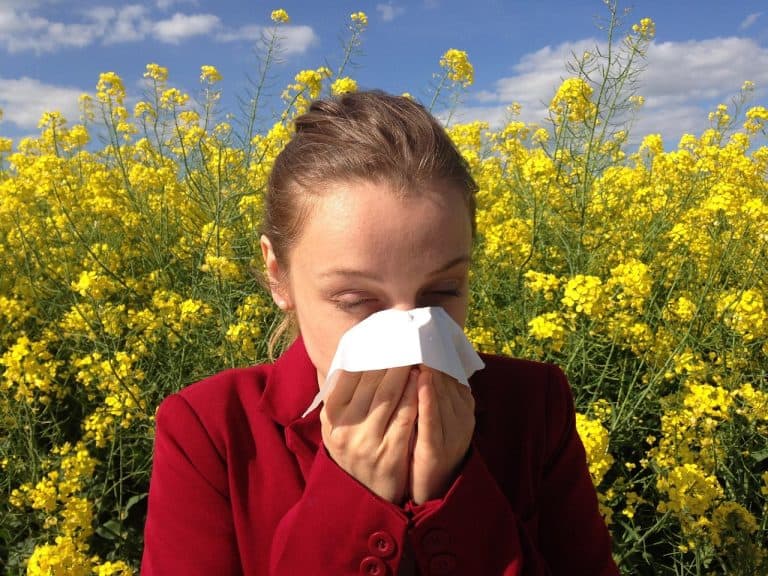If you’ve ever found yourself sneezing so hard you nearly launched your soul into orbit, welcome to allergy season. For those of us living close to the land—whether it’s hayfields, barn yards, or just a backyard jungle of ragweed—seasonal allergies aren’t just a nuisance. They’re a full-blown health hazard if left unchecked.
So, let’s skip the fluff and get into the nitty-gritty. Here are the symptoms that mean your body’s not just annoyed—it’s waving a red flag.
No Allergy is Basic
1. Shortness of Breath or Wheezing This isn’t your average post-run huffing and puffing. If you’re wheezing like an old accordion or struggling to catch your breath after minimal exertion, it could be a sign of allergic asthma. Especially dangerous if you’re working outdoors or around livestock—dust, pollen, and dander can trigger serious reactions.
2. Swelling of the Face, Lips, or Throat If your face starts puffing up like a marshmallow in a microwave, don’t wait it out. Swelling in these areas can signal anaphylaxis, which is a medical emergency. Keep antihistamines on hand, but know when to call 911. This isn’t the time to be tough.
3. Persistent Skin Rashes or Hives A little itch is one thing. Breaking out in hives that look like you wrestled a poison ivy bush? That’s another. Severe skin reactions can indicate your immune system is in overdrive. If the rash spreads or worsens, it’s time to seek help.
4. Gastrointestinal Distress Surprise! Allergies don’t just mess with your sinuses. Nausea, vomiting, or abdominal pain after exposure to allergens—especially food or insect stings—can be part of a systemic reaction. Don’t ignore it just because it’s not happening on your face.
5. Dizziness or Fainting If you’re feeling lightheaded or actually fainting, your blood pressure might be dropping due to a severe allergic reaction. This is another hallmark of anaphylaxis. It’s not just “getting too much sun”—it’s your body sounding the alarm.
6. Chest Tightness or Pain This one’s tricky because it overlaps with other conditions. But if you’re experiencing chest pain during allergy season, especially alongside other symptoms, don’t play the guessing game. Get checked out. Better safe than sorry.
What You Can Do About It

- Know your triggers. Pollen, mold, bee stings, certain foods—figure out what sets you off and avoid any allergy like a bad ex.
- Carry emergency meds. Antihistamines, inhalers, and epinephrine auto-injectors aren’t just for city folks. Keep them stocked and accessible.
- Talk to your doctor. Especially if symptoms escalate or interfere with daily life. You don’t need to suffer with an allergy because you’re used to “toughing it out.”
- Monitor the air quality. Apps and local forecasts can help you plan your outdoor time wisely. If the pollen count’s higher than your grocery bill, maybe stay inside.
Final Thoughts
Allergies aren’t just a seasonal inconvenience—they can be life-threatening. And for those of us working in agriculture or rural settings, exposure is constant. So listen to your body, take precautions, and don’t be afraid to seek help when things go sideways.
Because let’s be honest: you can’t go shut up the chickens if you’re laid up in the hospital because of an allergy, y’all.
Disclaimer: This article is for informational purposes only and is not intended to diagnose, treat, or replace professional medical advice. If you experience any severe allergy symptoms, seek medical attention immediately. I’m a beekeeper and writer, not a doctor—so don’t take my word over your physician’s. Always consult a licensed healthcare provider for personalized guidance.







